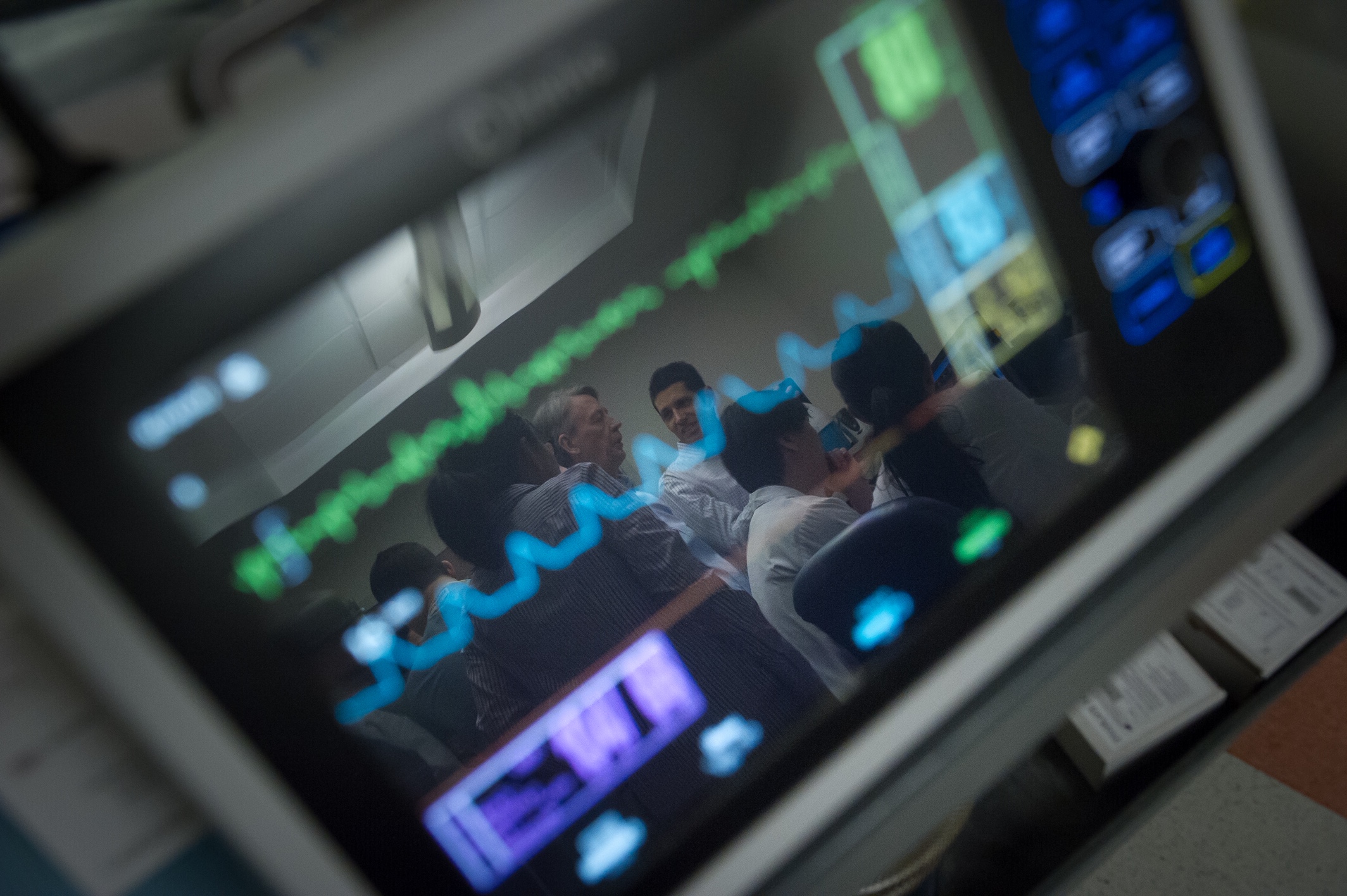Focused ultrasound seeks to transform treatment of brain diseases
Knives, saws and other incision-making tools characteristic of brain surgery may become things of the past thanks to a revolutionary technology known as focused ultrasound. The procedure, in which Sunnybrook Research Institute (SRI) leads, aims to do away with harsh instruments and instead rely on precision imaging and ultrasound energy to treat some 70 brain conditions, including Alzheimer’s disease, cancer and essential tremor.
Guided by MRI, more than 1,000 ultrasound beams zero in on a specific target in the brain, heat it and kill the unhealthy tissue. This is achieved without making a single cut through skin and bone.
Another avenue in which it is being used is therapy delivery. In this case, its function is to open the blood-brain barrier, a tight bundle of cells that protects our brains. About 98% of substances are denied entry to our brains owing to this shield. To allow therapies access, microbubbles, or harmless gas particles, are injected into the bloodstream; once they interact with MRI-guided ultrasound beams, the blood-brain barrier opens temporarily and drugs can be administered.
Dr. Kullervo Hynynen, director of Physical Sciences at SRI, pioneered the technology. Some of the other SRI scientists working with him and spearheading studies to test the device’s safety and efficacy in the brain are Drs. Isabelle Aubert, Anthony Levitt and Nir Lipsman. The focused ultrasound work done at SRI happens within the world’s only Centre for Research in Image-Guided Therapeutics.
Read the full story, including about people who have been treated with focused ultrasound, at The Globe and Mail.



